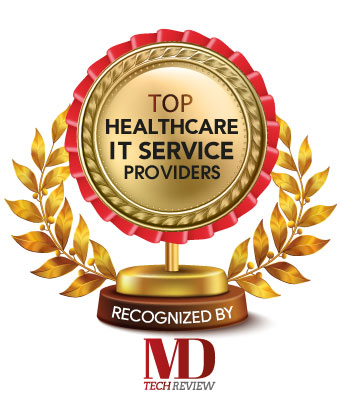A study revealed that most breaches are money-related, and attackers usually take the quickest route to access the information they need.
Fremont, CA: The digital sector has become critical to the health industry. It refers to all movements, from patient admissions to drug management to physical environment monitoring. Cybersecurity risks have also become prominent in this situation. Therefore, conducting a security audit makes it easier for any agency or corporation in the health sector to evaluate risks concretely.
The new cyber vulnerabilities are not usually a significant cyber threat from an enterprise. A study showed that most breaches are money-related, and attackers typically take the quickest route to access the information they need. Subsequently, in healthcare, several common threats continue to be difficult, including:
Malware and Ransomware: To shut down individual tools, servers, or even entire networks, cybercriminals use ransomware and malware. A ransom is then requested in some cases to correct the encryption.
Phishing attacks: This method includes sending large quantities of emails to acquire users' confidential data from seemingly reliable sources.
Cloud Threats: The cloud stores a growing amount of safe health data. This could be a soft spot for the protection of healthcare organizations without sufficient encryption.
Blind Spots Encryption: While encryption is essential for protecting health information, it can also establish blind spots where hackers can hide from breach detection applications.
Misleading Websites: Websites with addresses analogous to credible sites have been developed by shrewd cybercriminals. Some replace .com with .gov, which gives the imprudent user the idea that the websites are the same.
Employee error: Through unencrypted computers, poor passwords, and other enforcement failures, healthcare workers may leave healthcare institutions vulnerable to assault.
Another growing healthcare safety hazard is found in medical devices. They face the same vulnerabilities as other computer systems when pacemakers and other devices become connected to the internet. In the U.S., to ensure patient protection, The Food & Drug Administration (FDA) recommended that precautionary safety steps be taken by both the manufacturer producing the device and the health care facility implanting it.



